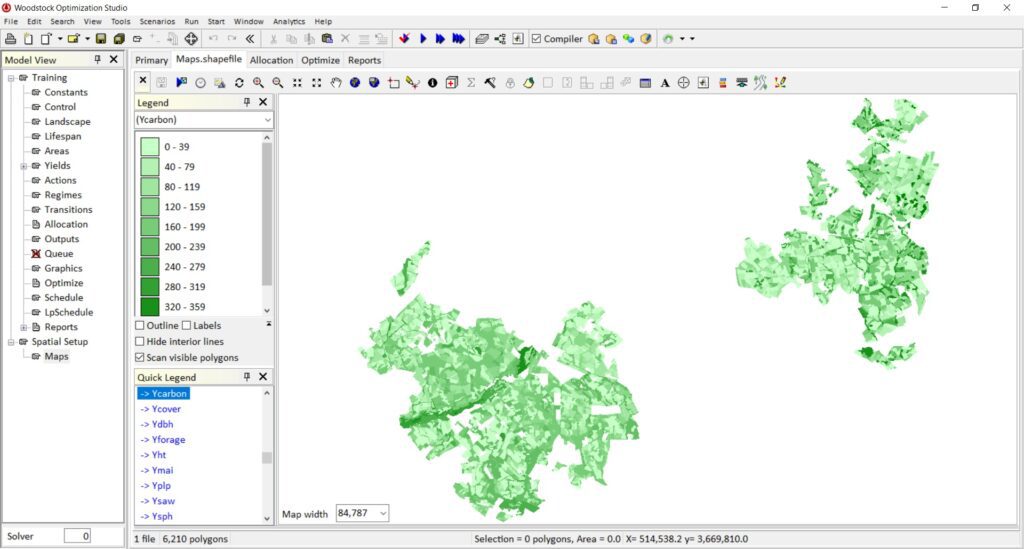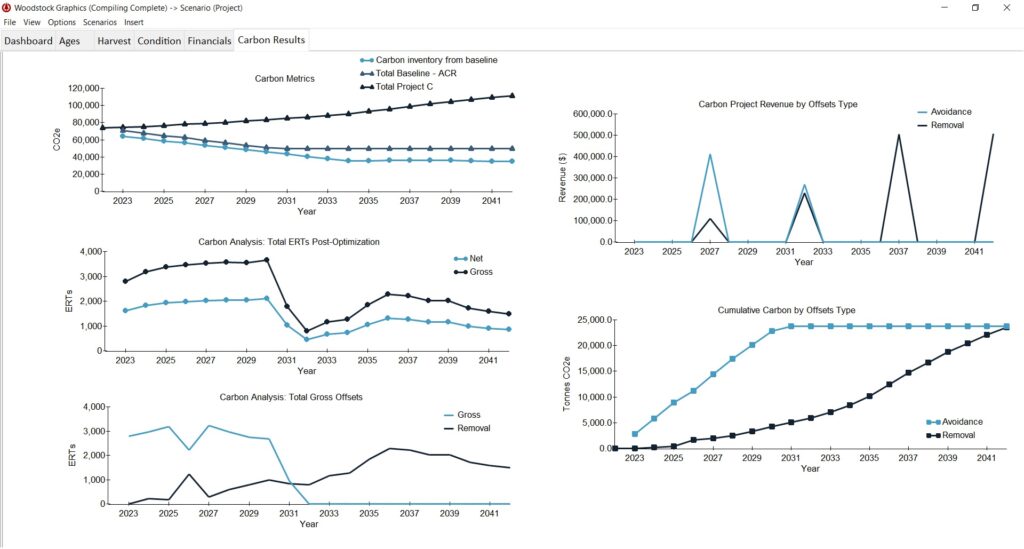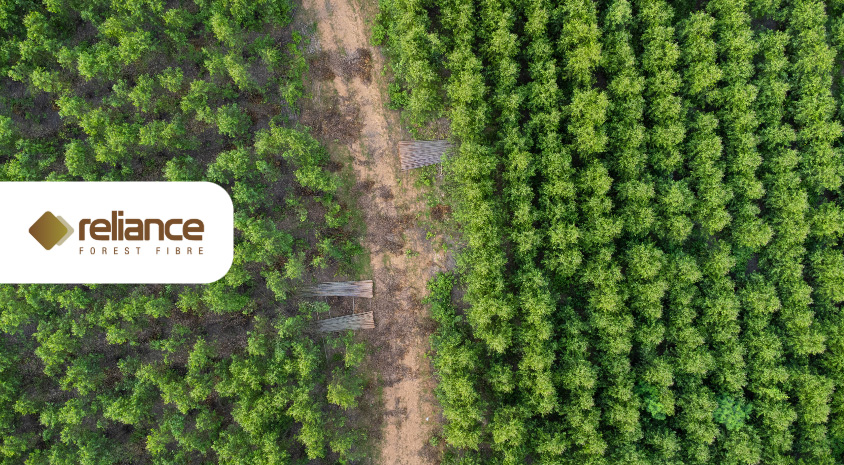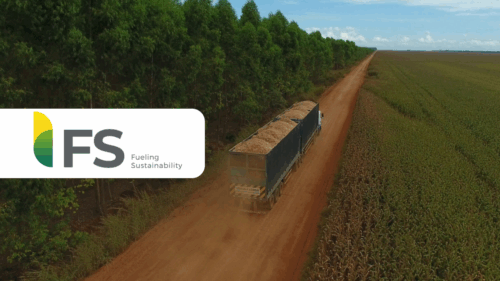If well managed, forests have the potential to capture and store substantial volumes of carbon dioxide. However, managing part or all of a forest for carbon may look quite different from managing a forest for other goals, such as timber production. Carbon credits can act as a financial incentive and support for forest managers and landowners wishing to embark on a carbon storage project.
With carbon storage becoming increasingly crucial for achieving net zero, the demand for forest carbon credits has never been greater.
Forests in the carbon market
Carbon credits monetize the carbon sequestered and stored by carbon projects, which can be bought, sold, or traded on carbon markets. Credits are issued by official registries like the American Carbon Registry (ACR), a non-profit enterprise of Winrock International. “We issue carbon credits to projects that adhere to our carbon quantification methodologies,” says Andrew Taylor, Senior Technical Manager in Forestry with ACR.
Methodologies help ensure that the amount of carbon captured by a carbon project is calculated accurately.
For forest carbon, ACR has developed a specific methodology called the Improved Forest Management methodology. “We have a couple of different iterations of this methodology– one for large forests and one for small landowners in the United States, and one for forests in Canada,” says Taylor. These methodologies, Taylor says, “undergo public comment and are rigorously vetted to meet scientific criteria. This ensures their quality and rigour.”
Calculating carbon credits
A crucial aspect of any carbon project is the concept of additionality. “Additionality is the idea that you are performing a change in management strategy that will increase the amount of carbon the forest will sequester over time,” says Ian Lodge, a Solutions Analyst with Remsoft. Calculating additionality and crediting means establishing a baseline. “You need to identify what the forest would have done if you did not implement all of the management activities that your project will do,” explains Lodge.
Establishing a baseline requires specific information and numerous calculations. “The methodologies these organizations produce are very lengthy, very technical,” says Lodge. “The majority of the forestry companies that we work with typically have a hard time getting through the documents and necessary calculations.”
Remsoft’s optimization software platform, Woodstock, provides a solution for creating baselines and exploring carbon project management options. And Remsoft is developing tools based on ACR’s methodology to make that process simpler, smoother and more streamlined.
Baseline setting and project strategies
“The Improved Forest Management methodology allows for using linear programming or optimization modeling for baseline setting, which Remsoft’s software is a great fit for,” says Taylor. ACR is planning to include Woodstock as an example of an approved optimization solution for baseline setting in its next update of the Improved Forest Management methodology.
“Woodstock allows you to develop a forest management model after considering legal constraints, defining the harvest restrictions and real-world silviculture practices that would be applied in the project’s region,” says Taylor. “These are all the necessary ingredients to develop a realistic baseline for a carbon project.”
Although outside of the ACR baseline methodology requirements, users can also explore how different carbon project management scenarios could play out over the long term. “With Woodstock, you can create a baseline and change the parameters of the project so you can explore under what circumstances the project is going to be viable,” Lodge explains. For example, Woodstock can analyze the impact of changes in carbon pricing or harvesting regimes.
“Optimization software like Woodstock can help simplify the development of a rigorous and credible carbon crediting baseline,” says Taylor. “From a feasibility standpoint of getting carbon projects off the ground, it’s an invaluable tool.”
LEARN MORE:
-
Read why carbon modelers are taking a lifecycle approach to understanding forest carbon.
- Find out how you can manage carbon project complexity and reduce risk with optimization modeling.





